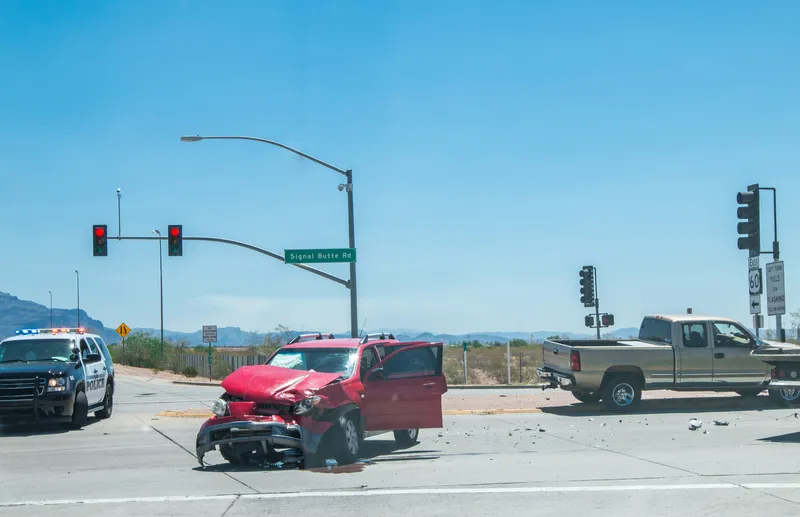The number of car accidents involving a driver pulling out of a side road accounted for an estimated 198,000 crashes nationwide last year, according to latest research by Accident Exchange.
The accident management company analysed data from 39,000 cases of accidents it handled in 2014 and found that 9% were the result of a motorist emerging from a side road without paying enough attention.
That figure in 2013 was 7.9%, representing an increase in real terms of 12% in the space of just 12 months.
F
July 29, 2015
Read time: 2 mins
RSSThe number of car accidents involving a driver pulling out of a side road accounted for an estimated 198,000 crashes nationwide last year, according to latest research by Accident Exchange.
The accident management company analysed data from 39,000 cases of accidents it handled in 2014 and found that 9% were the result of a motorist emerging from a side road without paying enough attention.
That figure in 2013 was 7.9%, representing an increase in real terms of 12% in the space of just 12 months.
Figures dating back to 2010 reveal that the gradual increase is greater still. Five years ago, Accident Exchange handled 31,000 incidents of which 7% involved a side road crash, meaning a five-year increase of more than a quarter (27%) in real terms.
Liz Fisher, sales director at Accident Exchange, commented: “Not looking properly at side road junctions before pulling out is one of the most common – and dangerous – errors a driver can make.
“The spike in this type of collision could stem from reduced concentration, particularly distracted drivers who follow the instructions of a navigation system and forget to adhere to the rules of the road or make the necessary checks before emerging.
“The scrappage scheme of 2009/10 also removed thousands of older cars from the road. Newer models are renowned for their increased safety, but reduced visibility from thicker pillars and smaller glass areas means extra precaution should be taken when emerging from a side road into fast-flowing traffic.”
The accident management company analysed data from 39,000 cases of accidents it handled in 2014 and found that 9% were the result of a motorist emerging from a side road without paying enough attention.
That figure in 2013 was 7.9%, representing an increase in real terms of 12% in the space of just 12 months.
Figures dating back to 2010 reveal that the gradual increase is greater still. Five years ago, Accident Exchange handled 31,000 incidents of which 7% involved a side road crash, meaning a five-year increase of more than a quarter (27%) in real terms.
Liz Fisher, sales director at Accident Exchange, commented: “Not looking properly at side road junctions before pulling out is one of the most common – and dangerous – errors a driver can make.
“The spike in this type of collision could stem from reduced concentration, particularly distracted drivers who follow the instructions of a navigation system and forget to adhere to the rules of the road or make the necessary checks before emerging.
“The scrappage scheme of 2009/10 also removed thousands of older cars from the road. Newer models are renowned for their increased safety, but reduced visibility from thicker pillars and smaller glass areas means extra precaution should be taken when emerging from a side road into fast-flowing traffic.”










